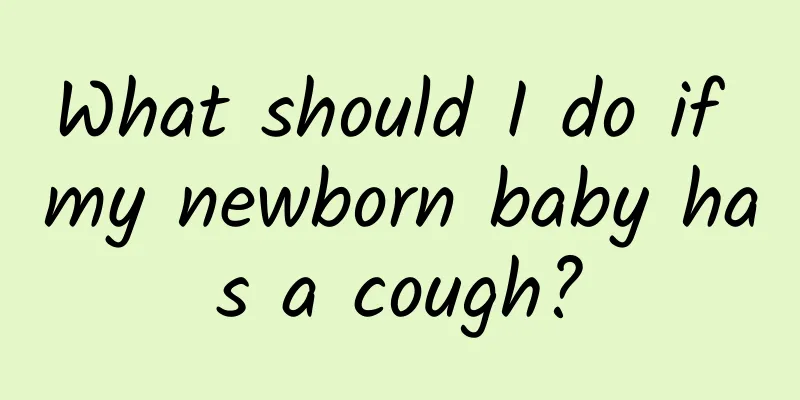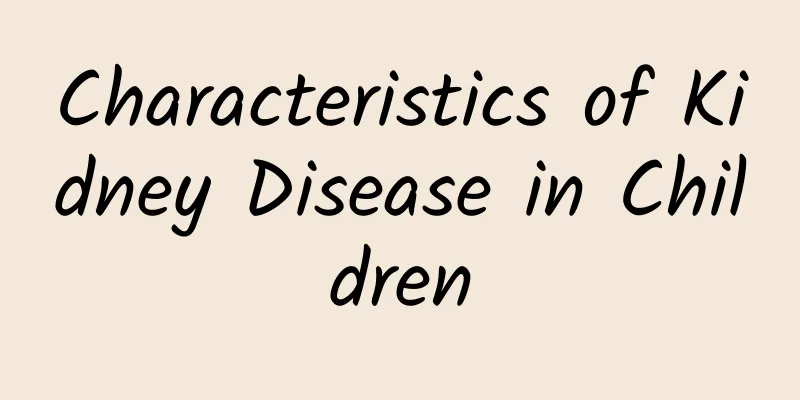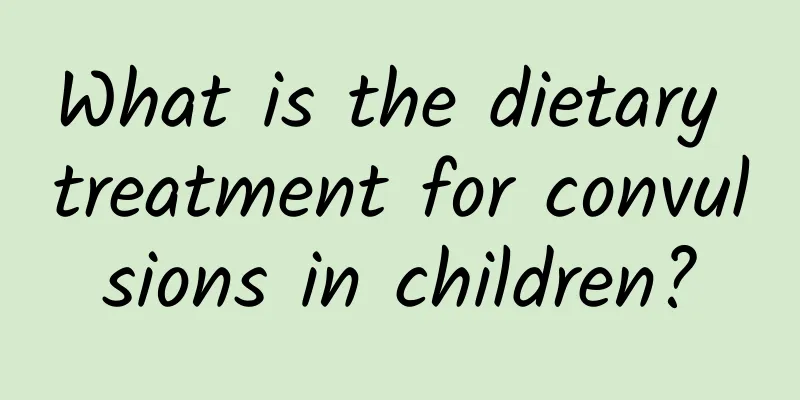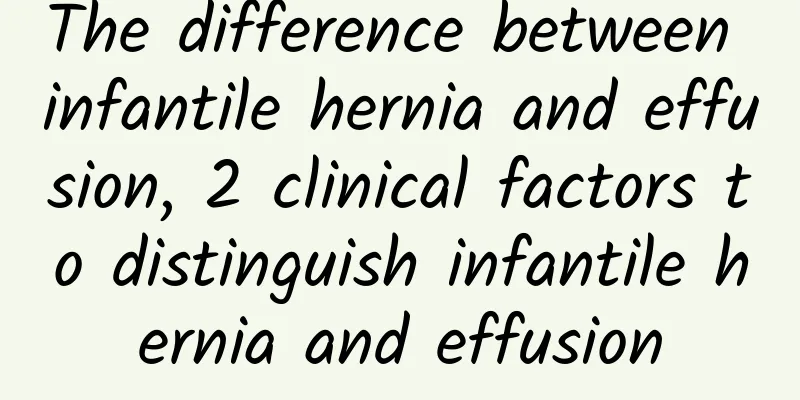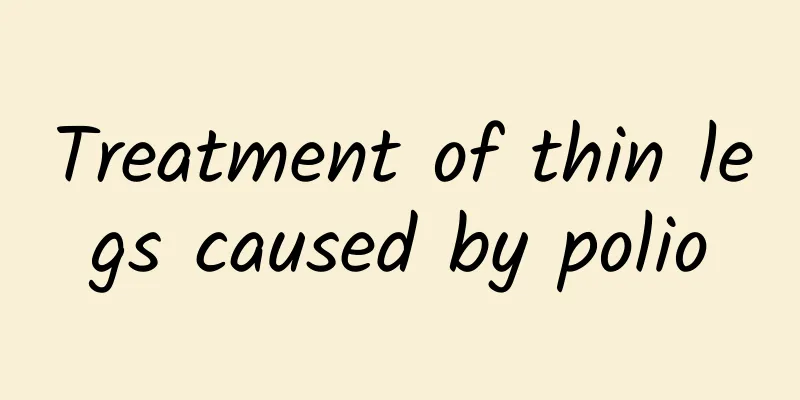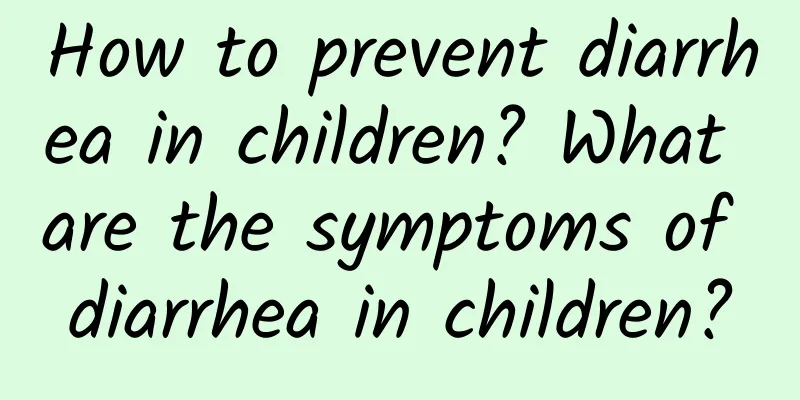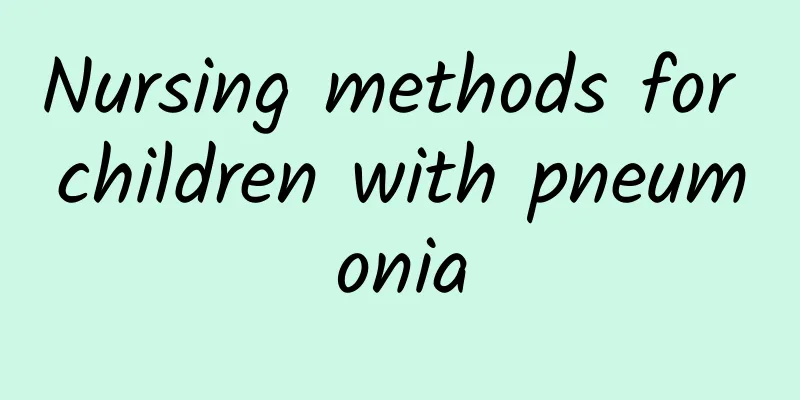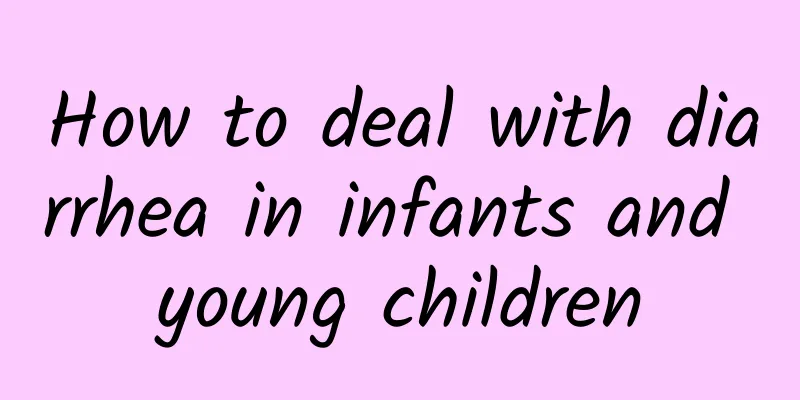How to distinguish between pneumonia and cold in children? Seven tips for parents to prevent pneumonia in children
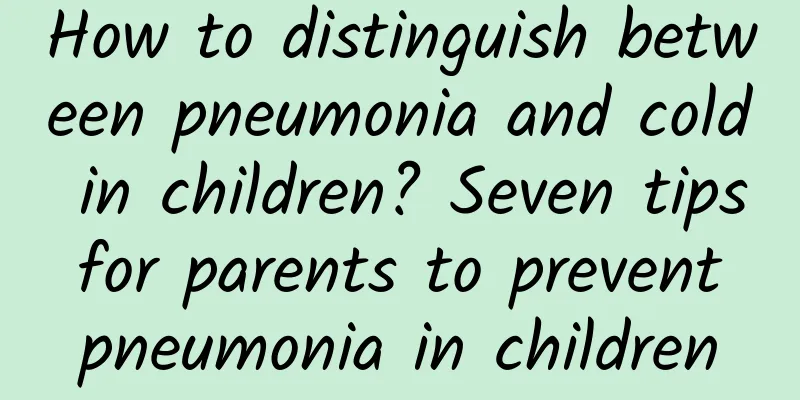
|
According to the source of infection, pediatric pneumonia can be divided into pneumococcal pneumonia, viral pneumonia, and mycoplasma pneumonia. If the child's living environment is crowded and poorly ventilated, the number of pathogens in the air will increase, and young children are more susceptible to pneumonia. Pneumonia can be transmitted through droplets. If there are people in the house who have a long cough or have a cold, it will also cause air pollution and disease transmission. In addition, the hair on pets, as well as mites on clothes and mats, can also cause air pollution, thus inducing pediatric pneumonia. When pneumonia occurs, weak children may not have a fever or even have a lower body temperature than normal. They may cough and generally have symptoms such as poor appetite, poor spirits or irritability, and restless sleep. Severely ill children may have symptoms of breathing difficulties such as flaring of the nose and blueness around the mouth, and may even develop respiratory failure and heart failure. Sick children may also experience digestive system symptoms such as vomiting, abdominal distension, and diarrhea. Don't mistake pneumonia for a cold. One test, two looks and three listens are enough to distinguish the two: The first test is mainly to measure body temperature. Children with pneumonia will have a persistent fever, which is usually above 38°C. Antipyretics can only provide temporary relief. However, children with colds and fevers will experience significant relief after taking antipyretics. Second, it mainly includes the following four aspects: look at the throat and breathing conditions. Most children with pneumonia have severe coughing and wheezing, which often causes difficulty breathing. Looking at the mental state, children will be in a bad mental state when they have pneumonia; while when they have a cold, their mental state is generally better. Look at the diet. When children suffer from pneumonia, their diet will decrease significantly; however, when children have a cold, their diet will remain normal. Looking at sleep, when children have pneumonia, they sleep more, wake up easily, cry a lot, and have a tendency to have worsening breathing difficulties at night; when children have a cold, their sleep is normal. The third listening refers to the child's chest. Parents can listen carefully to the chest wall on both sides of the child's spine when the child is quiet or asleep. Generally, children with pneumonia will hear "gurgling" and "gurgling" sounds at the end of exhalation; but when the child has a cold, there will be no such sounds. If a child has symptoms such as high fever that persists for more than 3 days, frequent coughing, shortness of breath, poor spirits and complexion, loss of appetite, purple lips, etc., he or she should go to the hospital as soon as possible to determine the cause and receive timely symptomatic treatment. 7 tips for parents to prevent pneumonia in children 1. Keep the airway open Pay attention to body position, prevent reflux and suffocation, and use nebulizer to suction sputum. 2. Oxygen and respiratory support If the condition is mild, oxygen can be given directly through nasal cannula, hood, mask, etc.; when there is obvious hypoxemia and conventional oxygen therapy is ineffective, ncpap (nasal positive pressure ventilation) should be used in time; when type II respiratory failure occurs, endotracheal intubation and mechanical ventilation should be used in time according to the results of blood gas monitoring. 3. Correct water, electrolyte disorders and acid-base imbalance In case of respiratory acidosis, alkaline solutions are prohibited to avoid CO2 accumulation and aggravation of respiratory acidosis. In case of severe metabolic acidosis, alkaline solutions can be considered. In case of lactic acidosis (blood lactate>4mmol/l), it indicates insufficient tissue perfusion and critical condition. Sodium bicarbonate should be used with caution. 4. Heat-removal treatment For children over 6 months old, with a body temperature > 38.5℃, who have not used antipyretic drugs within 4 hours, 10-20 mg/kg of lysine aspirin can be given intravenously. For those under 6 months old, ibuprofen or acetaminophen can be given orally to reduce the temperature. Physical cooling can also be used, such as cold compresses on the pillow and warm water baths. 5. Strengthen cardiac function and protect myocardium Children with heart failure can be given cardiotonic drugs such as digoxin or cedilanidase, or vasoactive drugs such as dopamine and dobutamine. 6. Anti-infection treatment Broad-spectrum antibiotics are used empirically for treatment, and targeted antibiotics are used after further sputum culture and drug sensitivity testing. 7. Application of glucocorticoids It is suitable for patients with obvious poisoning symptoms, severe wheezing, pleural effusion accompanied by cerebral edema, toxic encephalopathy, septic shock, and respiratory failure. Dexamethasone is commonly used, 2-3 times/day, 2-5mg/time, and the course of treatment is 3-5 days. Parents should also note: 1. When a child becomes ill, he or she should be taken to the hospital for examination immediately and given appropriate medication after diagnosis by a doctor to prevent misdiagnosis and unreasonable medication. 2. In winter, try not to take children to public places or crowded places. The room should be ventilated frequently to keep the air fresh. 3. Children should exercise regularly to improve their physical fitness. 4. Children's diet should be properly balanced, pay attention to protein supplementation, and eat more vegetables, fruits and other foods rich in vitamins. 5. Children who are prone to repeated pneumonia infections should be vaccinated against pneumonia before the arrival of winter. |
<<: How to care for children with pneumonia in winter? Two key points to determine infant pneumonia
>>: How to properly feed children to treat diarrhea? How to relieve diarrhea in a 3-month-old baby?
Recommend
What is DMD?
DMD, usually referred to as Duchenne muscular dys...
Can polio be cured?
Many parents and friends are now very concerned a...
Which drugs can cause ADHD?
In life, when many children get sick, their paren...
Does neonatal jaundice require treatment?
Does neonatal jaundice require treatment? Whether...
How to effectively prevent milk ringworm in children
Milk ringworm in children is quite common in life...
Is neonatal jaundice easy to treat?
Is neonatal jaundice easy to treat? The probabili...
Leg Pressing Treatment for Post-Polio Paralysis
In life, polio is a common disease that brings se...
Can children with acute laryngitis eat sweets?
It is not recommended to feed children sweets whe...
Nighttime emergency spray for acute laryngitis in children
To treat acute laryngitis in children at night, y...
The harm of pneumonia in children to the body
The combination of pneumococcus and influenza vir...
What are the main types of diarrhea in children? These can better prevent diarrhea
Children's stomachs are relatively delicate. ...
How to treat diarrhea in children quickly
Every year when the seasons change, some children...
How to correctly prevent pneumonia in children
Neonatal pneumonia is the most common severe resp...
What causes high hemoglobin?
High hemoglobin levels usually mean that the body...
What are the nursing diagnosis methods for poliomyelitis?
Poliomyelitis, also known as poliomyelitis, is an...
